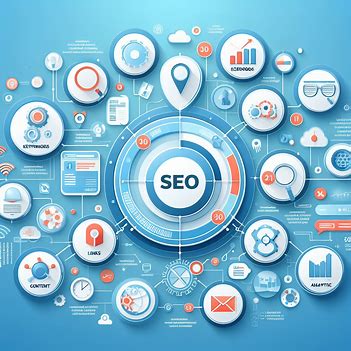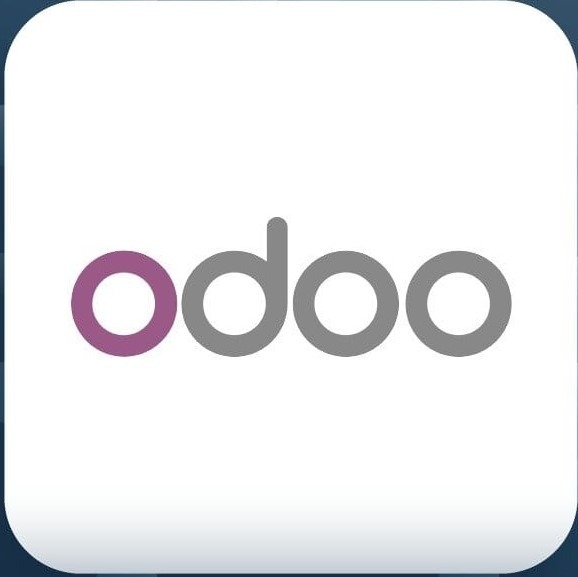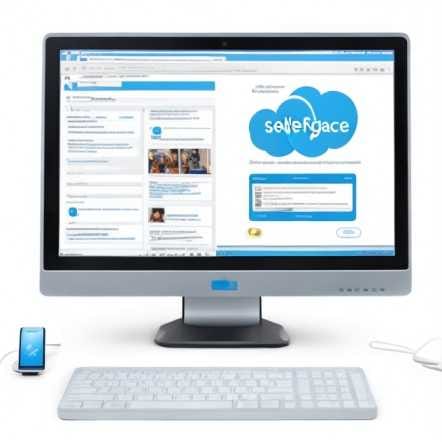In the realm of digital marketing, few innovations have had as profound an impact as online ads platforms like Google Ads and Facebook Ads. These giants have transformed the advertising landscape, providing businesses with unprecedented tools to reach and engage their target audiences. Unlike traditional advertising mediums, these platforms offer precise targeting, cost-effective pricing models, and real-time performance tracking, making them indispensable for marketers worldwide.
Table of Contents

Google Ads: The Search Engine Powerhouse
Google Ads, formerly known as Google AdWords, revolutionized online advertising by leveraging the immense power of the world’s most popular search engine. By displaying ads alongside search results, Google Ads allows businesses to capture the attention of users actively seeking information, products, or services. With its sophisticated keyword targeting, customizable ad formats, and comprehensive analytics, Google Ads empowers advertisers to optimize their campaigns for maximum impact.
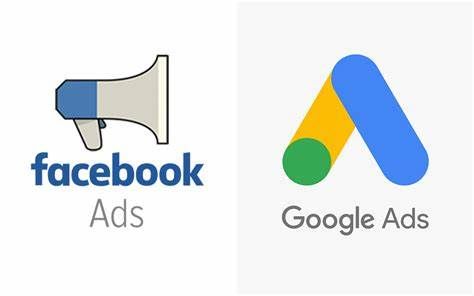
Facebook Ads: Social Media’s Game Changer
On the social media front, Facebook Ads has emerged as a dominant force, capitalizing on the platform’s vast user base and rich data insights. Facebook’s advertising model is built around its ability to target users based on demographics, interests, behaviors, and even past interactions. This level of granularity enables advertisers to create highly personalized and engaging ad experiences. Whether it’s through image ads, video ads, carousel ads, or sponsored posts, Facebook Ads offers a versatile and powerful toolset for reaching potential customers.
The Rise of Other Online Ads Platforms
Beyond Google and Facebook, other platforms have also made significant strides in the online ads space. Instagram Ads, leveraging its visual-centric platform, has become a favorite among brands looking to connect with younger, visually oriented audiences. LinkedIn Ads, on the other hand, provides a unique avenue for B2B marketers to reach professionals and decision-makers with targeted, industry-specific campaigns.
The Birth of a Digital Goldmine
In the early days of the internet, a digital wilderness stretched before us, untouched by commercial intrusions. That was until 1994, when a small, rectangular banner online ad disrupted the pristine online landscape. Appearing on HotWired, this pioneering advertisement marked the humble beginning of online ads. A simple, colorful graphic promising untold wonders, it ignited a revolution that would reshape industries and redefine consumer behavior.
The Main Purpose of Online Ads
At its core, online advertising is a sophisticated matchmaking service. Brands eager to showcase their offerings seek to connect with consumers actively exploring solutions. This symbiotic relationship has fueled the meteoric rise of a multi-billion-dollar industry. But it’s not merely about plastering ads everywhere. To truly resonate, these digital messages must offer value and relevance.
Online Ads vs. TV Ads: A Clash of Titans
The battle for consumer attention has long been waged between the traditional medium of television and the dynamic realm of the internet. While TV commercials once held a monopoly on mass reach, online advertising has emerged as a formidable challenger.
- Reach and Targeting: Television boasts a broad audience but lacks the precision of online advertising. Digital platforms allow advertisers to meticulously define their target audience, ensuring their message reaches the right people.
- Cost Efficiency: Producing and airing a TV commercial is a costly endeavor, placing it out of reach for many businesses. In contrast, online advertising offers flexible pricing models, such as pay-per-click, making it accessible to companies of all sizes.
- Engagement and Interactivity: Television viewers are passive consumers, largely at the mercy of the programming. Online ads, however, demand interaction. From clickable banners to engaging video content, digital formats encourage active participation.
- Measurability and ROI: Determining the effectiveness of a TV ad campaign can be a complex and imprecise process. Online advertising, on the other hand, provides granular data on performance metrics like clicks, conversions, and return on investment.
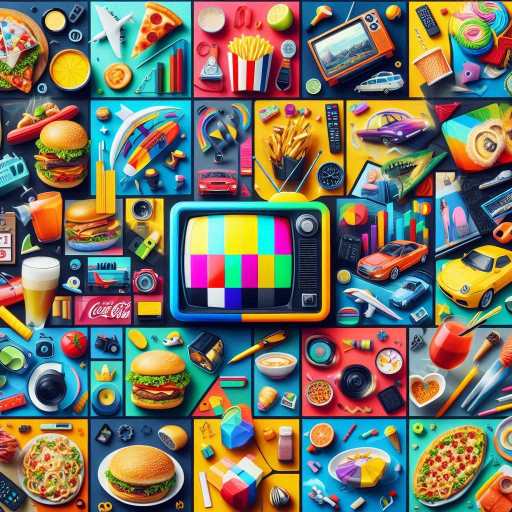
Who Wins in 2024-25?: TV ads or Online Ads
While television advertising remains a potent force, especially for broad-based campaigns, the momentum undeniably lies with online advertising. The increasing ubiquity of internet-connected devices and the growing sophistication of digital platforms have created an environment ripe for innovation.
However, success in this dynamic landscape hinges on more than just visibility. As consumers become increasingly discerning, advertisers must prioritize quality over quantity. Intrusive pop-ups and irrelevant banners are relics of the past. The future belongs to ads that seamlessly integrate into the user experience, providing value and entertainment.
Expect to see further advancements in personalization, interactive formats, and even ad-blocking countermeasures. The digital advertising industry is in a perpetual state of evolution, and the next big innovation could be just around the corner.
The Future of Digital Advertising
As we look to the future, the evolution of digital advertising is poised to continue at a breakneck pace. Technologies such as artificial intelligence and machine learning are already beginning to transform how ads are targeted and personalized. Imagine a world where your preferences and behaviors are so well understood that the ads you see feel like they were tailor-made just for you. This level of personalization not only enhances the consumer experience but also significantly boosts conversion rates for advertisers.
Furthermore, the rise of immersive technologies like augmented reality (AR) and virtual reality (VR) presents new frontiers for engagement. AR and VR ads can create interactive experiences that are both memorable and persuasive, allowing consumers to interact with products in a virtual space before making a purchase decision.
Social media platforms will continue to be major players in the advertising landscape, but the focus will shift towards more authentic and user-generated content. Influencer marketing, in particular, will evolve, with micro-influencers gaining more traction due to their highly engaged and loyal follower bases.
Privacy concerns and data protection will also shape the future of digital advertising. With regulations like the General Data Protection Regulation (GDPR) and the California Consumer Privacy Act (CCPA) setting the stage, advertisers will need to be more transparent and ethical in their data practices. Building trust with consumers will become a key differentiator in an increasingly competitive market.
In conclusion, the journey from the first banner ad to today’s sophisticated digital campaigns has been nothing short of extraordinary. As we move forward, the emphasis will be on creating meaningful connections with consumers through innovative, relevant, and respectful advertising. The digital advertising industry is not just about selling products; it’s about enhancing the overall digital experience.
What are your thoughts on the future of advertising? Share your predictions in the comments below!
IF You like this content so click here –> Read New for more content



